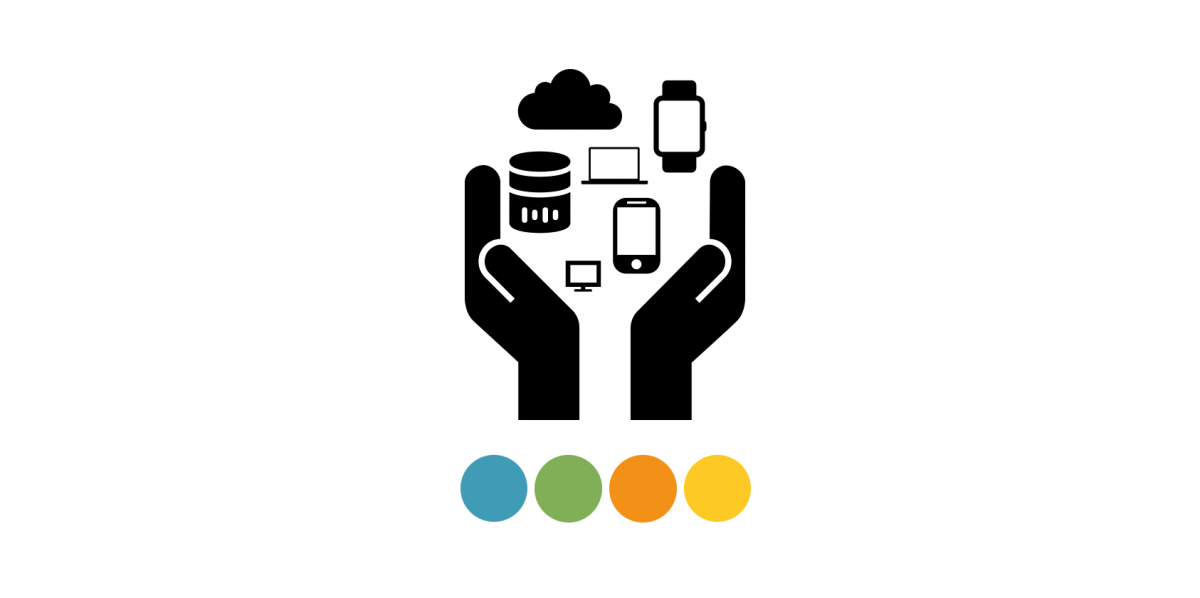Gender & the IoT (G-IoT)
Gender and IoT is an interdisciplinary project exploring the implications of IoT on gender-based domestic violence and abuse and was funded by a Social Science Plus+ award from UCL’s Collaborative Social Science Domain.
Gender and Internet of Things (IoT) is an interdisciplinary project exploring the implications of IoT on gender-based domestic violence and abuse and was funded by a Social Science Plus+ award from UCL’s Collaborative Social Science Domain.
Domestic violence and abuse continue to affect primarily women and girls, with more than 1.2 million females in England and Wales having reported domestic abuse cases ending March 2017. In recent years, forms of online harassment and sexual abuse facilitated through information and communication technologies (ICT) emerged. These ICT-supported assaults range from cyberstalking to online behaviouralcontrol, which many charities warning about the rise of ‘tech abuse’.
While many ‘tech abuse’ efforts are concerned with ‘conventional’ cyber risks such as abuses on social media platforms and restrictions to devices such as laptops and phones, emerging ‘Internet of Things’ technologies such as ‘smart’ meters, locks, and cameras expand domestic violence victim’s risk trajectories further.
UCL researchers are conducting a study that analyses these evolving IoT privacy and security risks in the context of domestic violence and abuse. The research project provides guidance for services that engage and help victims (e.g., women’s shelters, police) as well as IoT developers that have to consider the potential misuse of their devices and services.
The project is run in collaboration with a wide user partner group, including the London VAWG Consortium, Privacy International, and the PETRAS IoT Research Hub.
Targeted outcomes:
The project aims to understand:
(1) the role and impact “Internet of Things” (IoT) technologies have on victims of domestic violence and abuse;
(2) the potential risk trajectories that may arise from those devices and services; and
(3) the awareness victims and corresponding services (such as women’s’ shelters, police) exhibit, and strategies they apply to mitigate those risks.
Further Information and Outputs:
More details about the project can be found on the STEaPP website, where interested parties can download the G-IoT tech-abuse guide and resource list, as well as sign up to the G-IoT newsletter.
Coverage:
The project was recently featured in various news outlets, amongst others, the E&T Magazine, the BBC, the BBC podcast Tech Tent, The Verve, WIRED UK, WikiTribune, Gizmodo, and Mumsnet.

